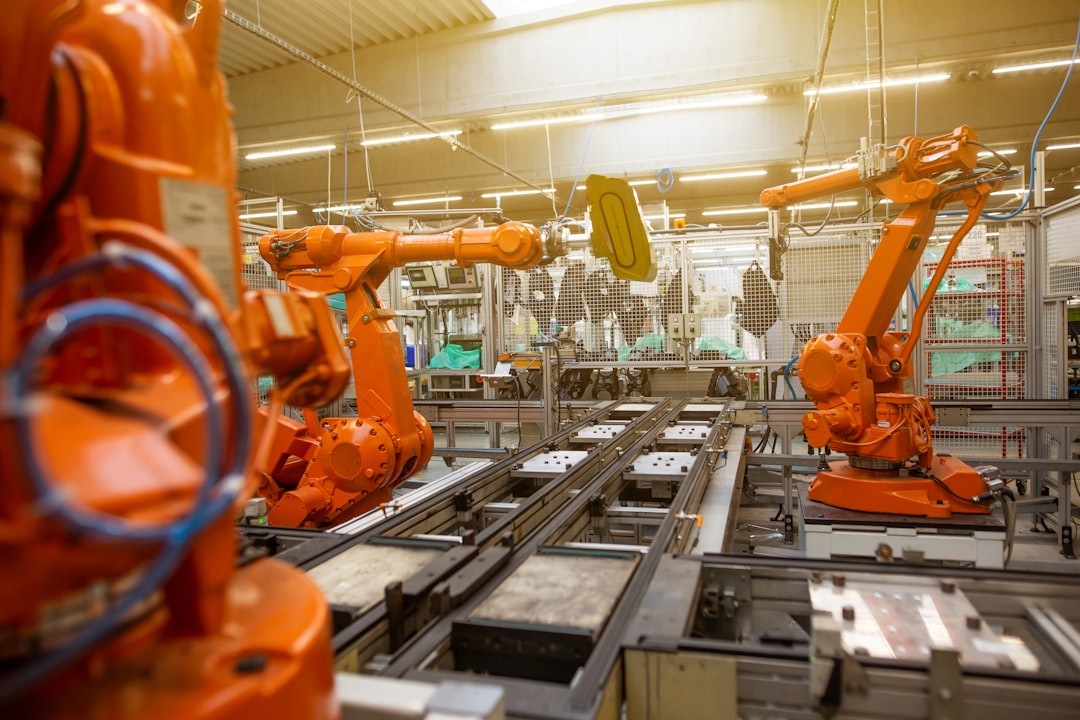Introduction
In today's fast-paced business landscape, organizations are constantly seeking innovative solutions to streamline workflows, reduce costs, and improve efficiency. One technology that has emerged as a game-changer in this regard is Robotic Process Automation (RPA). By automating repetitive tasks and optimizing business processes, RPA is revolutionizing the way businesses function. In this article, we will explore the transformative power of RPA and its impact on workflows, highlighting real-world examples of successful RPA adoption. Additionally, we will discuss the future of RPA technology and provide insights for businesses planning to integrate it effectively.
Understanding RPA and its Benefits
Robotic Process Automation (RPA) involves the use of software robots or "bots" to perform repetitive, rule-based tasks traditionally carried out by humans. These bots emulate human actions on computer systems, such as data entry, extraction, and manipulation, allowing businesses to automate mundane and time-consuming processes.
The benefits of RPA are manifold:
Enhanced Efficiency: RPA eliminates the need for manual intervention in repetitive tasks, leading to significant time savings and improved productivity. By automating workflows, businesses can redirect their human resources to more value-added activities.
Cost Reduction: RPA reduces operational costs by minimizing errors, increasing accuracy, and optimizing resource utilization. As bots work round the clock without breaks or holidays, businesses can achieve cost savings associated with human labor.
Error-Free Operations: RPA eliminates human error, ensuring accurate and consistent execution of tasks. By reducing manual intervention, businesses can minimize the risks associated with data entry or process gaps.
Real-World Examples
IBM: IBM implemented RPA to automate invoice processing, reducing processing time by 80% and achieving near-zero error rates. This automation led to significant cost savings and improved customer satisfaction.
British Airways: British Airways implemented RPA to automate flight change processes, resulting in a 40% reduction in passenger rebooking times. This streamlined process enhanced customer experience and reduced operational costs.
Transforming Workflows with RPA
Data Entry and Processing: RPA can automate repetitive data entry tasks, enabling efficient data capture, validation, and integration across systems. By eliminating manual data entry, businesses can reduce errors and improve data accuracy.
Process Integration: RPA can integrate disparate systems and applications, enabling seamless data flow and reducing the need for manual intervention. This streamlines end-to-end business processes, improving overall efficiency.
Customer Support and Service: RPA can automate customer support processes, such as ticket generation, query response, and issue resolution. By handling routine customer service tasks, RPA frees up human agents to focus on complex customer interactions.
The Future of RPA
As business needs evolve, RPA technology is expected to keep pace and offer additional capabilities. Some future trends include:
Cognitive Automation: RPA will incorporate artificial intelligence (AI) and machine learning (ML) algorithms to handle unstructured data and make intelligent decisions. This will enable bots to handle more complex tasks and improve decision-making capabilities.
Hyperautomation: RPA will be integrated with technologies like natural language processing (NLP), optical character recognition (OCR), and chatbots to create end-to-end automation solutions. This will further enhance efficiency and customer experience.
Effective Integration and Maximizing Benefits
To effectively integrate RPA into business operations, organizations should consider the following:
Identify Suitable Processes: Identify repetitive, rule-based tasks that can benefit from automation. Prioritize processes that have high volumes and low complexity.
Collaboration and Change Management: Ensure effective collaboration between IT and business teams to identify suitable RPA implementation opportunities. Support from leadership and effective change management strategies are crucial for successful RPA adoption.
Continuous Monitoring and Improvement: Regularly monitor the performance of automated processes and make necessary adjustments to optimize efficiency. Continuous improvement and feedback loops will ensure maximum benefits from RPA integration.
In conclusion, Robotic Process Automation is reshaping business workflows by automating repetitive tasks, reducing costs, and improving efficiency. Real-world examples demonstrate the transformative impact of RPA across industries. As RPA technology evolves, businesses can expect even greater capabilities and benefits. By effectively integrating RPA into their operations and embracing future trends, organizations can unlock the full potential of automation and gain a competitive edge in the digital era.
Sources:
